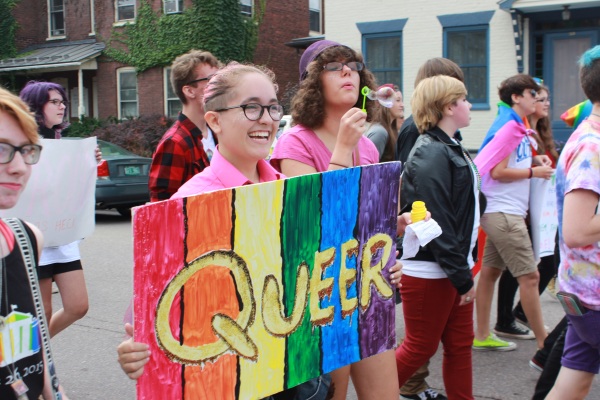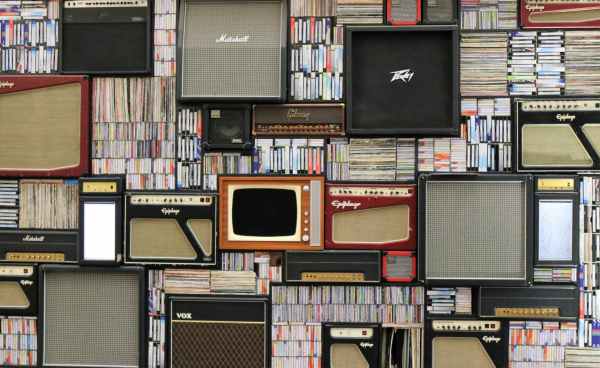
The word ‘Queer’ is unique to the LGBTQ+ movement because it acts as an over-arching term to properly denote the whole community. The word ‘Queer’ is an umbrella term that includes all those who are not heterosexual and cis-gendered. There has been a long history behind the word and is an excellent example of how the LGBTQ+ community managed to successfully reclaim a homophobic slur.
Etymologically the word ‘Queer’ entered the English language in the 16th century. It originally meant “strange”, “odd”, “peculiar”, or “eccentric” used to describe a person who might be deranged or exhibited socially inappropriate behaviour. ‘Queer’ assumed its pejorative connotation first in 1894 when John Douglas, the 9th Marquess of Queensberry (No, that is not his drag name) expressed concern about his son being in a gay sex-scandal with Oscar Wilde, in a letter. American Newspapers immediately picked this up. It was generally used to highlight the abnormality and the strangeness of effeminate gay men, thereby establishing the word as a homophobic slur.
Efforts in reclaiming the word ‘Queer’ started in the 80’s when protesters started using slogans such as “We’re here, we’re queer, we will not live in fear.” An organisation called Queer Nation formed in 1990 circulated a flier in the New York Gay Pride Parade in June 1990 titled “Queers read This”. It explained the reason behind the use of the word. It said that the word ‘Queer’ was a reminder of the negative perception of the world towards the LGBTQ+ community and therefore sought to mobilise the people in order to change this perception.
The Queer movement has made a lot of progress since then. Queer people are nowhere close to being treated equally, but the amendments in the legal systems of various countries has to a degree given rights to LGBTQ+ people that they did not have earlier. Therefore the role played by the word has developed with the generations. The generation before the 80’s viewed the word as a term used by their oppressors to make them feel inferior. The word, therefore, to them is a reminder of the oppression, violence and the discrimination that is still fresh in their minds. The next generation that saw the reclamation of the word, view the use of the word ‘Queer’ as an act of defiance against the patriarchal hetero-normative society. It is empowering to use the word because, by calling themselves Queer they take away the power from that the word holds. The present generation of LGBTQ+ people do not have the same experience of discrimination as the earlier generations. The present generation does not associate the word as a slur because of its positive use in popular culture and in Academia, thereby transforming the word into a signifier that does not hold any positive or negative connotations.
Queer is therefore one of the few words that have been almost completely reclaimed by the LGBTQ+ community and is now used as an umbrella term to describe all sexual-minorities who are not cis-gendered and heterosexual. The word ‘Queer’ is particularly unique not merely because of the history behind it but also because of its overarching scope. It acts as a signifier to denote the whole entirety of the community. Furthermore it is also useful because of its ambiguity which provides representation to those who fall into the spectrum of sexuality that does not have any pre-existing labels. It is a term that can be used to describe those people who have fluid sexualities or gender and do not wish to prescribe to rigid labels.
Image credit: http://www.outrightvt.org/
